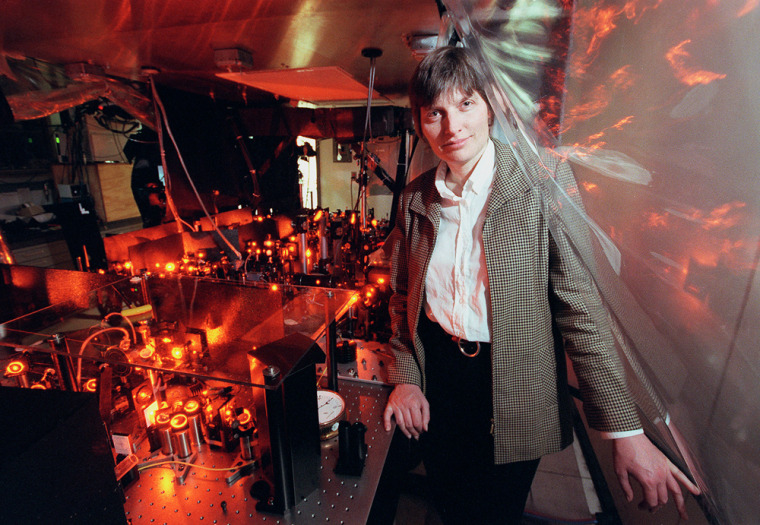Around the world, the 21st-century successors to Albert Einstein are delving into the mysteries surrounding ghostly neutrinos, rolled-up dimensions and clouds of super-cooled gas that can freeze a light beam in its tracks.
And plenty of those successors are women.
Their work on the frontiers of physics runs counter to the claim that women might be innately less suited for math and science — a hypothesis that was most recently, and provocatively, raised by Harvard President Lawrence Summers in January. Time magazine framed the issue in the form of a question: "Who Says a Woman Can't Be Einstein?"
It's true that statistics still show a huge gender gap when it comes to female representation in academia, with women filling just 7 percent of the tenured and tenure-track positions at America's top 50 research universities. But when you survey the very edge of the frontier, the next breakthrough has as good a chance of coming from women as from men. In fact, the collaborative nature of modern scientific research makes it most likely that the breakthrough paper will list female as well as male names.
Women were involved even in the Einsteinian revolution: Historians still debate how much of a role Einstein's first wife, mathematician Mileva Maric, played in the research her husband published during the miracle year of 1905 — but there's no dispute that in letters to his wife, Einstein himself referred to "our work" and "our theory."
During the same period that Einstein was doing his best work, Marie Curie won not just one but two Nobel Prizes for her research into radioactivity, and participated along with Einstein and other luminaries in the influential Solvay Conferences of the early 20th century. Curie's daughter, Irene Joliot-Curie, won her own share in a Nobel a generation later.
But over the decades, women have had to cope with social stereotypes and discrimination that made it more difficult for them to reach the highest halls of research. The tide started turning just in the past generation or so, said Stanford University string theorist Eva Silverstein.
"I don't know what the timescale should be for eliminating the societal influences, but I'm pretty sure it would be ludicrous to expect it to have happened within one generation," she wrote in an e-mail. "Hence, the current numbers fail to provide any meaningful evidence of innate inferiority of women in science. The error bars are huge."
So who are some of Einstein's female successors? Naming names is always a tricky business, not only because it seems presumptuous to label anyone as "another Einstein," but also because some eminently deserving souls are always left off the list. Nevertheless, we've assembled a list of a dozen female researchers who are among the pioneers in particle physics and cosmology — including a couple from Summers' own Harvard.
Take a look at the lineup, and let us know who you'd add to the roster of Einstein's intellectual heiresses. We'll put together a follow-up report based on your suggestions.
Lene Vestergaard Hau
Danish-born Hau and her research group at Harvard study Bose-Einstein condensates, clouds of ultra-cold atoms whose behavior was predicted by Einstein's theories. The weird clouds, which act like one big atom, were first created in the lab only a decade ago.
Using a complicated laser system, Hau's group has been able to slow pulses of light to a dead stop inside the atom cloud, then start it up again. The phenomenon could lead to new types of optical data processing, Hau said.
"One could imagine putting a whole three-dimensional image into the medium, and one could then store it there in highly, highly compressed form," she said. "We have a theoretical paper out where we clearly show that the system can be used for coherent processing of optical information."
Hau, who received a $500,000 MacArthur "genius" grant in 2001, said she never really gave much thought to being "a physicist of a particular gender" until just a few years ago. "When I see weird behavior [from male colleagues], my first inclination is not to think, 'What's wrong with me,'" she said. "It's, 'What the heck is wrong with these guys?'"
Deborah Jin
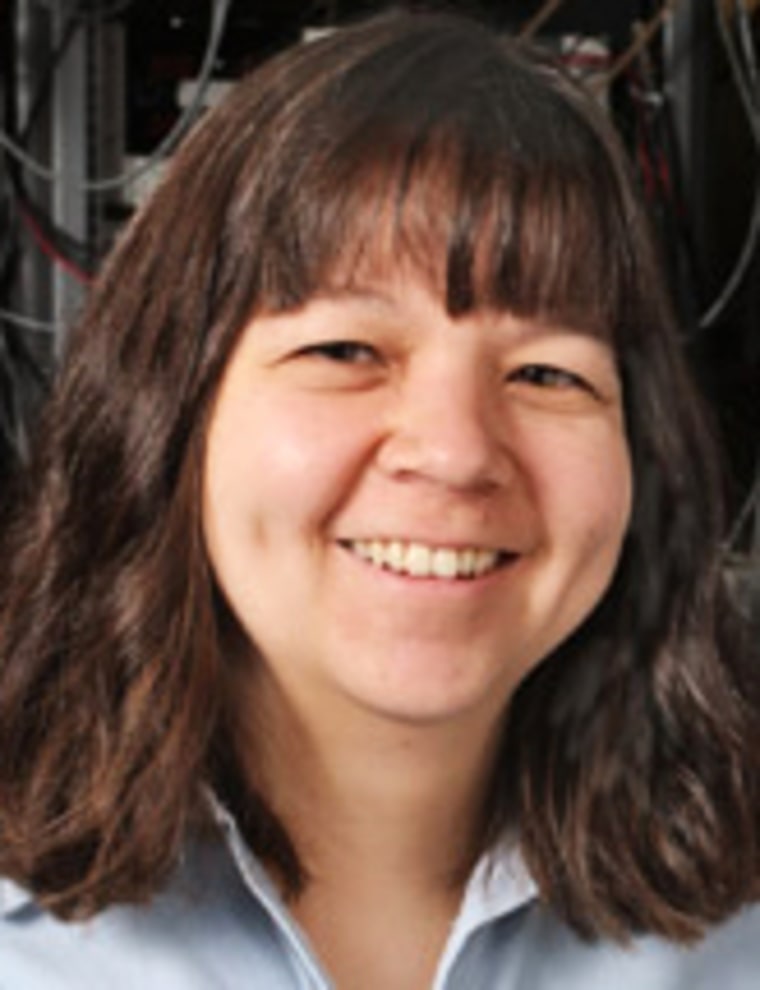
Like Hau, Jin has received a MacArthur grant (Class of 2003) for her work with ultra-cold condensates. Jin and her group at JILA, jointly operated by the University of Colorado at Boulder and the National Institute of Standards and Technology, figured out how to create a "super-atom" from a class of quantum particles known as fermions — a class that includes the subatomic particles we all know and love: protons, electrons and neutrons.
Making fermionic condensates is even trickier than creating Bose-Einstein condensates, but since the process works with more "ordinary" stuff, it could point the way toward breakthrough technologies ranging from better atomic clocks to super-efficient, superconducting circuitry.
Janet Conrad
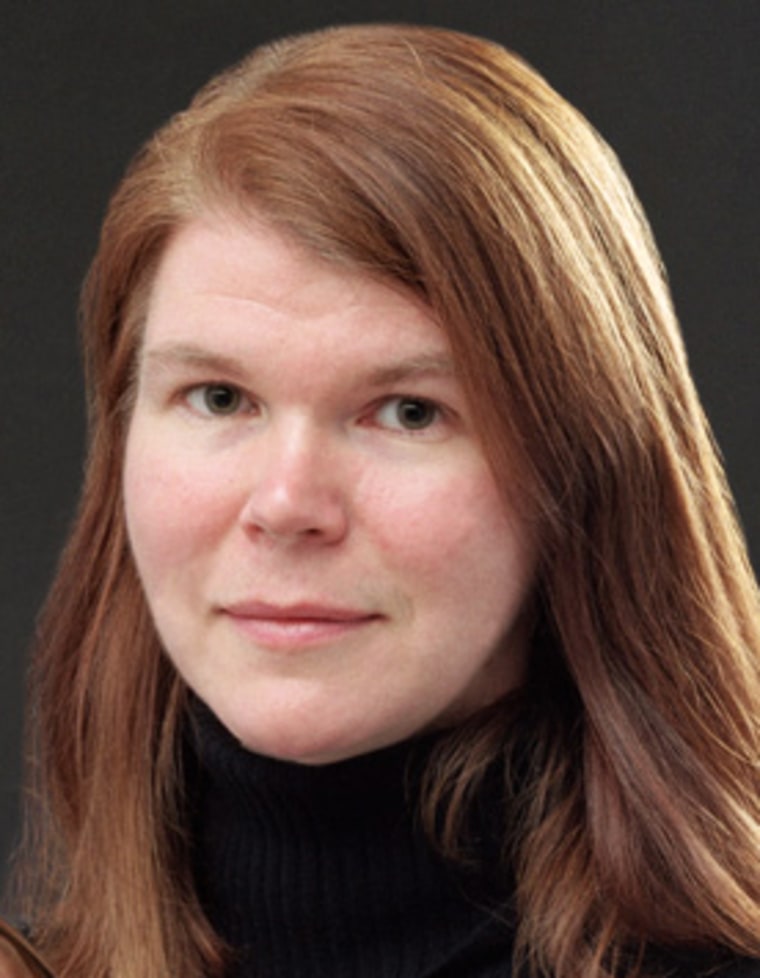
Conrad is a physics professor at Columbia University in New York but commutes to Fermilab in the Chicago area to work on experiments relating to neutrinos. Those hard-to-detect subatomic particles just might hold the key to the mysteries of dark matter and dark energy, little-understood phenomena that account for 95 percent of the universe.
The focus of Conrad's work is a 40-foot-round, oil-filled metal sphere at Fermilab that has been designed to detect the oscillations between different "flavors" of neutrinos. Results from the MiniBooNE detector could help physicists readjust their calculations for the universe's matter content, or point to revisions in the foundation for particle physics, known as the standard model.
"Every physicist's goal is to find out what's wrong with the standard model," Conrad explained. "It's a model rather than a theory, because it doesn't come from first principles. We believe that this has to be a reflection of some kind of larger theory, so we want to see beyond the standard model. Neutrinos are turning out to be a very rich place to do that."
In addition to her strictly scientific work, Conrad is a proselytizer for particle physics, serving as the chief organizer for this month's NeutrinoFest in Florida.
Ann Nelson

Nelson and her colleagues at the University of Washington concentrate on theories that go beyond the standard model. Just last year, the Washington group proposed an explanation that links dark energy with interactions between neutrinos and yet-to-be-discovered particles dubbed "accelerons."
"It's the only theory on dark energy relating to particles that we know exist," Nelson said. If the theory checks out, then the expansion of the universe should eventually slow down to a crawl over the course of billions of years.
She said the theory would explain anomalies in neutrino behavior, such as those observed by the Liquid Scintillator Neutrino Detector at Los Alamos National Laboratory. Future efforts to detect supersymmetry — the pairing of the standard model's particles with as-yet-unseen "shadow" partners — could turn up indirect evidence for accelerons, Nelson said.
Marcela Carena
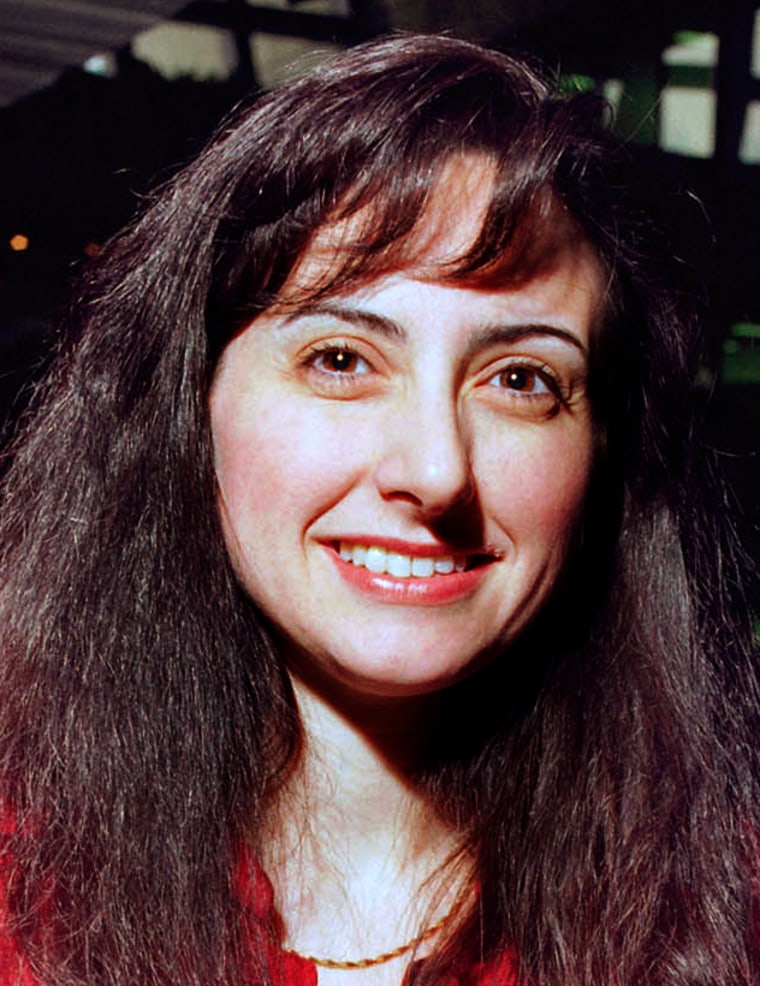
Dark matter? Check. Supersymmetry? Check. Extra dimensions? Check. Matter-antimatter imbalance? Check. Higgs boson? Check. Grand unified theory? Check. The theoretical work that Argentine-born Carena is doing at Fermilab relates not just to one, but at least six of the mysteries of modern physics.
"We hope that by looking at one part of the puzzle, we'll know what's happening in another part of the puzzle," she said. "We need to look at all these questions at the same time, or look at the whole, or otherwise we lose all those links."
Her key question has to do with finding the energy level that marks the transition between ordinary particles and the uncharted world of supersymmetric particles. If high-energy accelerators can hit that level, the way particles behave could help Carena and her colleagues fill in several areas of the puzzle at once.
Carena also advises Latin American students as part of a Fermilab educational program, and she said the situation for women physicists has "changed quite a bit" for the better. "There are many more role models for young female students, to show that you can have a life as a mother as well as a scientist," said Carena.
Maria Spiropulu
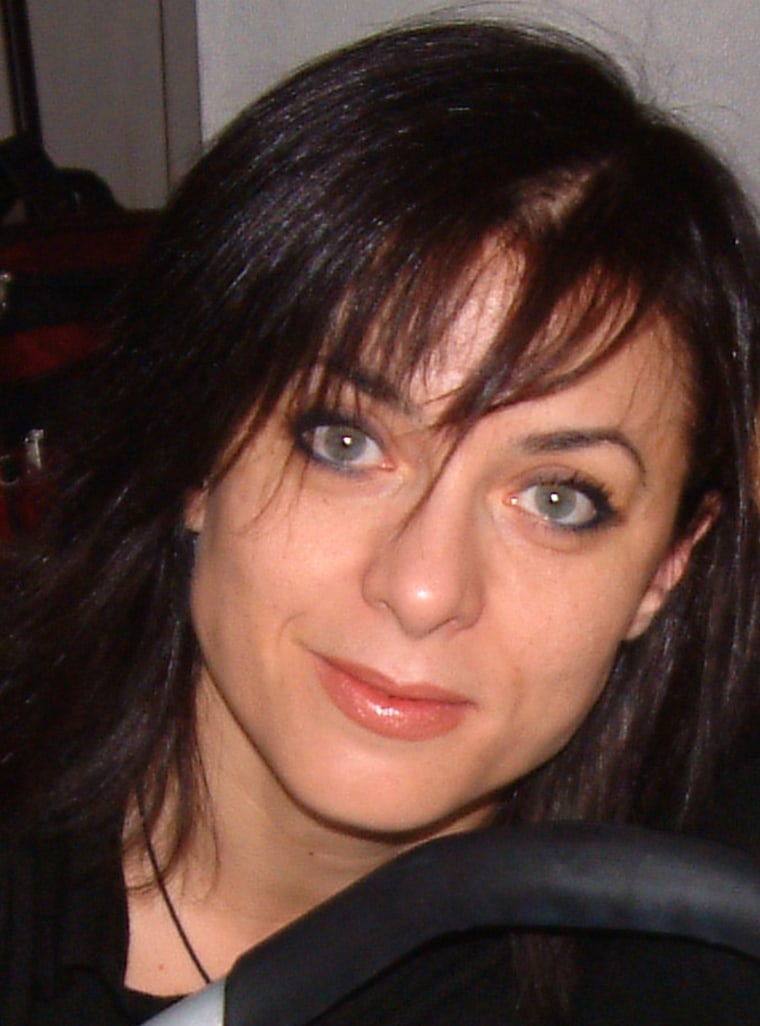
Greek-born Spiropulu is the co-leader of a research group looking into supersymmetric particles and other phenomena beyond the standard model at CERN, Europe's premier particle-physics lab and the birthplace of the World Wide Web. Such phenomena could point the way to extra spatial dimensions beyond the three we perceive today.
Right now, Spiropulu and her colleagues are gearing up for the 2007 startup of the world's latest and greatest particle accelerator, the Large Hadron Collider. Spiropulu promises that the LHC experiments "will stun the world" and realize at least some of Einstein's dreams about bridging the gaps in theories relating to particle physics, gravity and cosmology.
"He was among the first to think seriously on all these issues, even at the beginning of the 20th century," she said in an e-mail. "The accelerating universe / cosmological constant conundrum and the possibility of extra space dimensions were all topics that Einstein dealt with already back then. With the LHC, we have a huge opportunity to experimentally explore these ideas."
Lisa Randall
String theory can make sense out of the tangles in our theories of the universes — if, that is, you can assume the universe has more than the three spatial dimensions and the one time dimension that we can perceive. Harvard theoretical physicist Lisa Randall is trying to figure out how to make sense out of string theory.
"If string theory has lots of dimensions, where are the other ones?" she asked.
One possibility is that the extra dimensions are rolled up into scales so incredibly compact that they can't be measured. Randall said she and her colleagues have proposed another possibility: an "infinite extra dimension" that blends in with the others except at very small scales.
The five-dimensional theory could answer a question that has bedeviled physicists since the days of Einstein: Why is gravity so much weaker than the other fundamental forces of physics? Perhaps it's because much of the gravity field leaks away into another realm, or "brane," via the extra dimension, Randall said.
Randall surveys the frontiers of physics in "Warped Passages," a book to be published later this year. "I didn't want to write a book about being a woman in physics," Randall said. "But it's fun, because sometimes there are analogies that just work better."
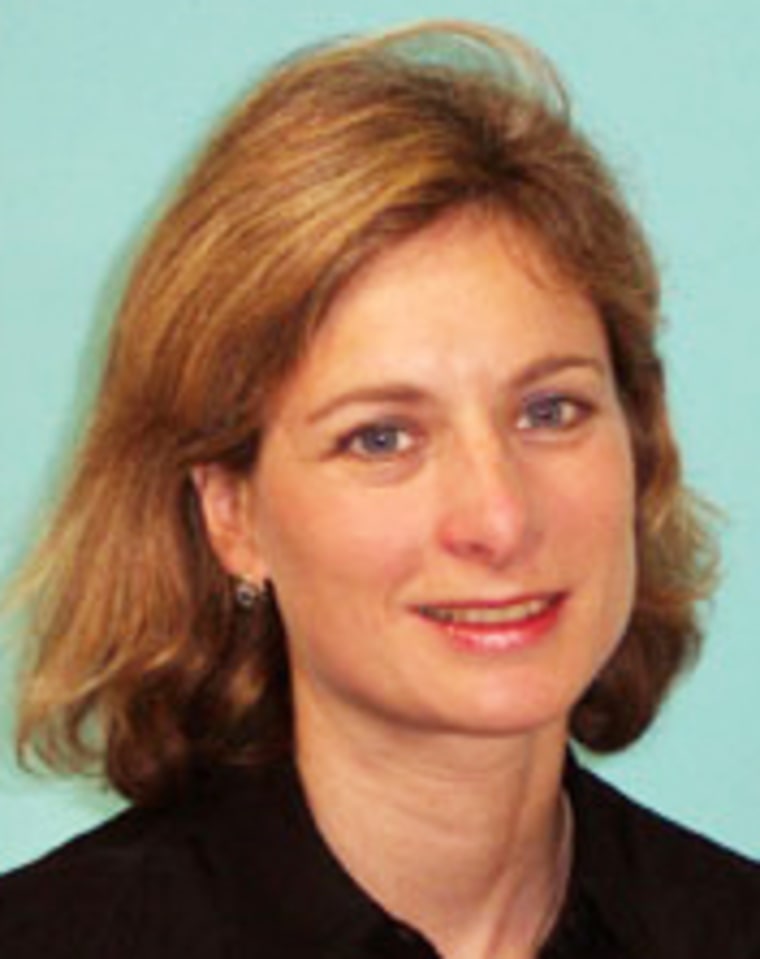
For example, in the book she refers to the story of "The Princess and the Pea" when discussing the discovery of quarks, and talks about indirectly sensing the closeness of another brane-universe as if it were covered with perfume.
"Often, what's off-putting [to women in physics] is feeling like they have to suppress other interests or aspects of their personality," she said. "They have to do the physics, they have to do the mathematics. But they don't always feel as if they can indulge their other interests as well. It's important to realize that being good in physics and math doesn't mean you have to conform to a particular stereotype."
Licia Verde
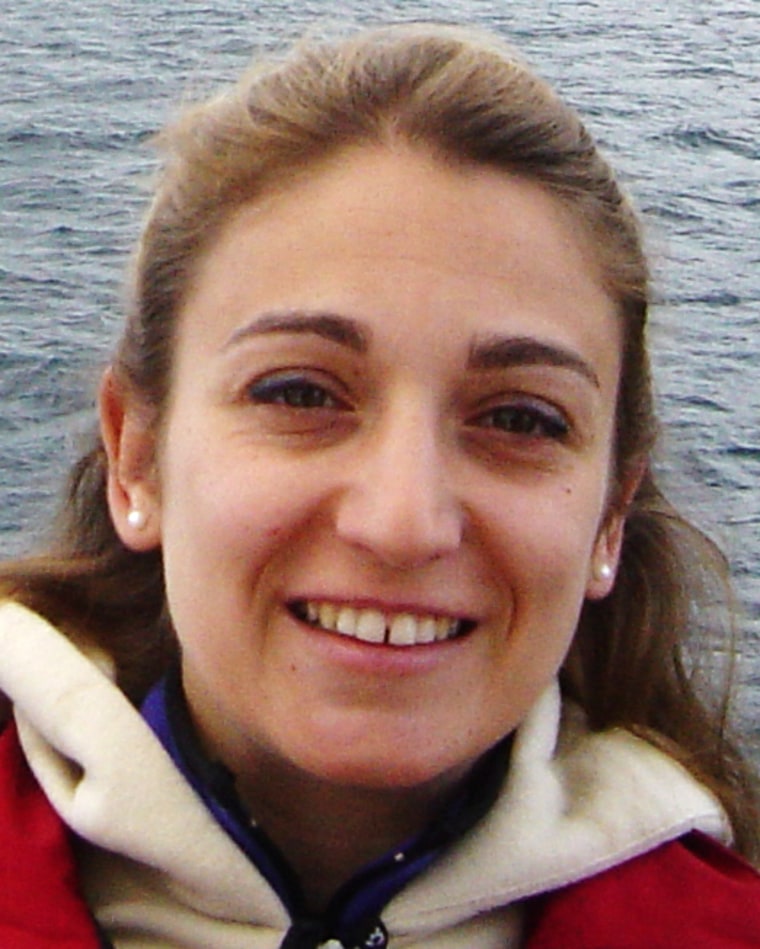
Italian-born Verde was on the team behind the highest-resolution picture ever made of the Big Bang's microwave afterglow, produced by the Wilkinson Microwave Anisotropy Probe, or WMAP. Now the University of Pennsylvania cosmologist is trying to build on those results and figure out how the universe's rate of expansion has changed over time.
To do that, she and her colleagues are using the light observed in certain kinds of galaxies as "cosmic chronometers," matching up their ages with their outward velocities. The technique could show how dark energy's effect has changed over the course of billions of years.
"It seems to work, but of course, the devil is in the details," she said. "Up to now, we haven't spent a penny. We would get this data for free as a byproduct of something else, so this is the perfect situation."
Eva Silverstein
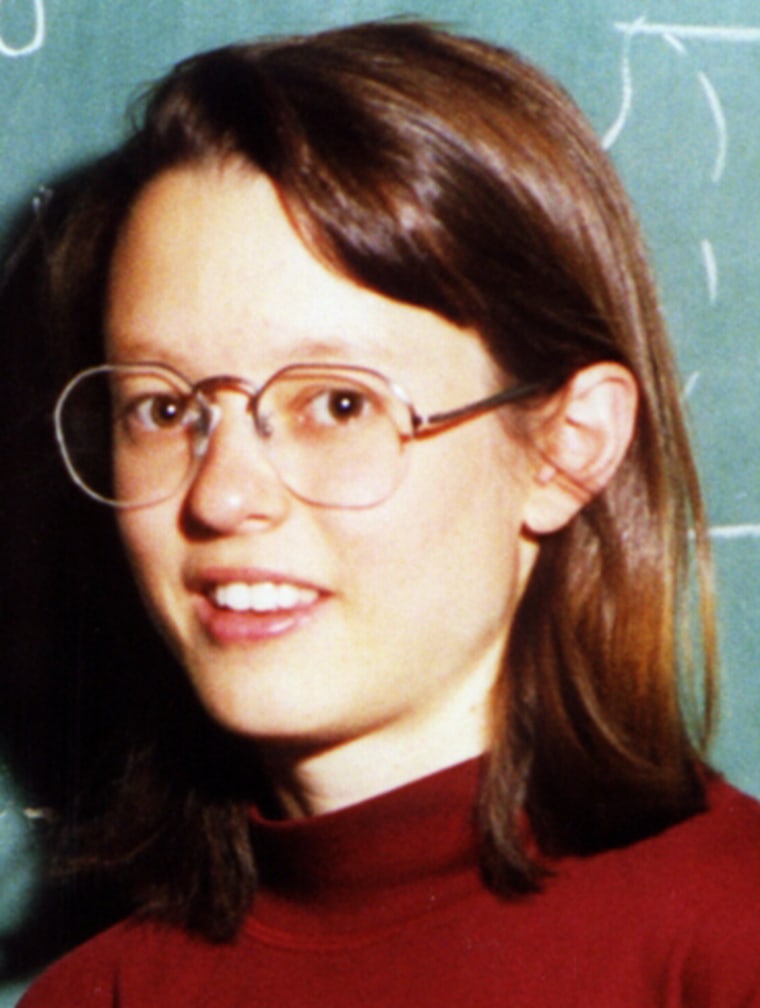
Silverstein is a 1999 MacArthur Fellow and a string theorist at Stanford who has joined with a variety of collaborators to study subjects ranging from dark energy and the accelerating universe to cosmic inflation and the fabric of space-time.
The concepts can be dizzying — including references to doughnut-hole "handles" in the space-time continuum that can appear and decay dynamically — but Silverstein said the fundamental questions go back to Einstein's day.
"We study the dynamics of space-time very much in the spirit of Einstein, extended to include string-theoretic and quantum corrections in the framework of string theory," she said. "For example, the topology-changing processes we study in string theory are very much in the spirit of relativity. ... We are still struggling with the physics of accelerated expansion and black holes, both of which are basic aspects of Einstein's theory."
Fotini Markopoulou-Kalamara
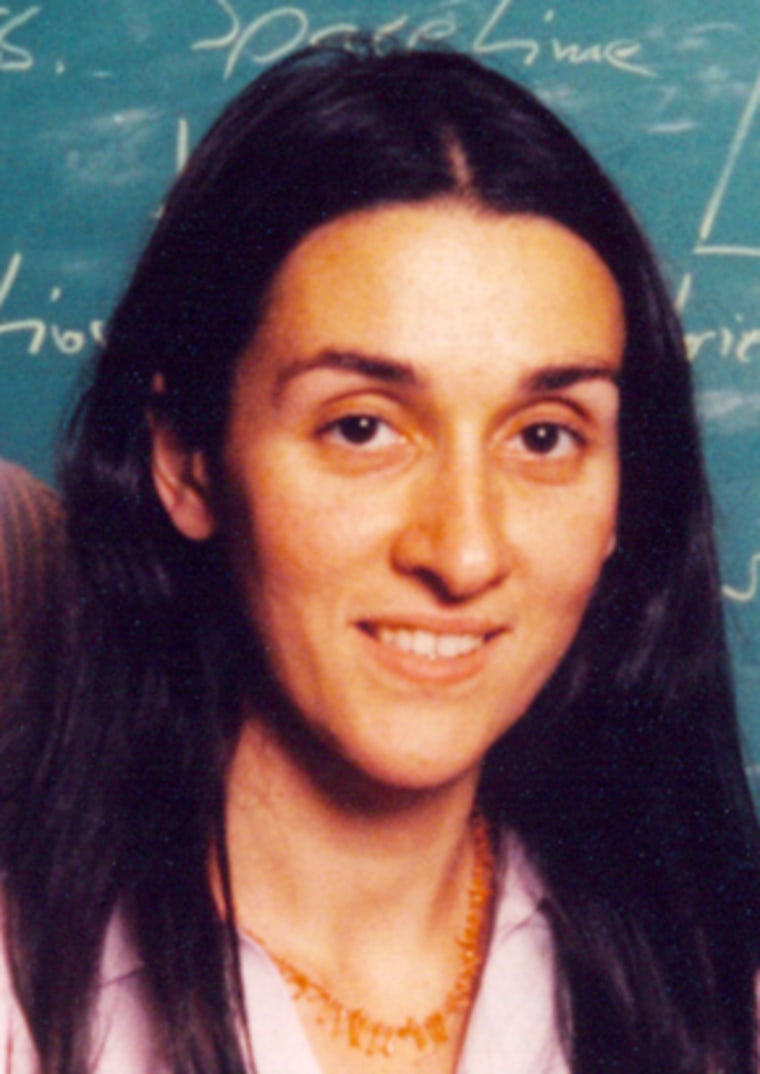
Markopoulou-Kalamara, who was born in Greece but now works at the Perimeter Institute in Canada, has played a key role in developing an alternative to string theory, known as loop quantum gravity, or LQG.
Like string theory, LQG seeks to fulfill Einstein's dream of unifying quantum theory and general relativity. But unlike string theory, LQG doesn't dwell on extra rolled-up dimensions of space. Instead, it lays out a mathematical system of loops that interact to form "spin networks," the quantum foundations for the realities that each of us perceive. Markopoulou-Kalamara focuses on how spin networks reflecting the partial views of different observers can be combined to produce a shared perception of the universe.
LQG predicts that there should be some non-Einsteinian anomalies in how light photons travel, based on their energy — and so the theory's proponents hope that future results from NASA's Gamma-ray Large Area Space Telescope, due for launch in 2007, will show whether they're on the right track.
Wendy Freedman
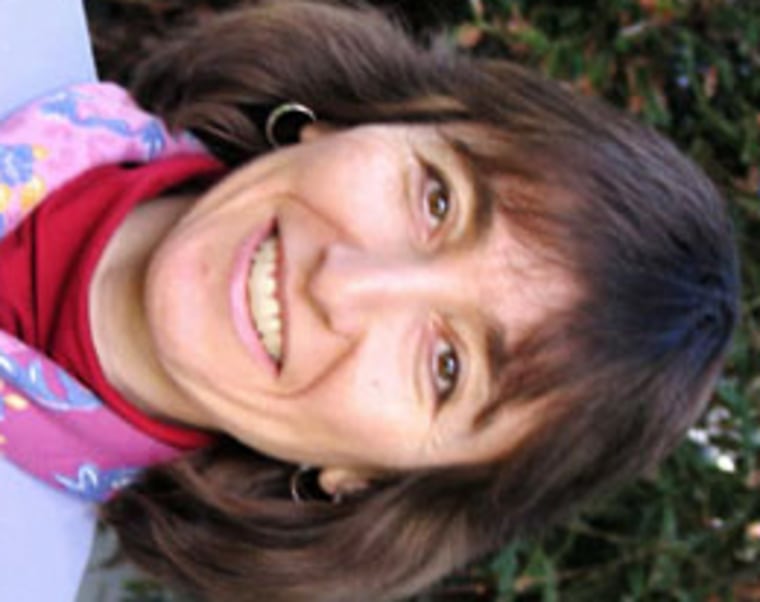
Freedman is best-known for leading the effort to calculate the Hubble constant, which describes the universe's expansion rate. After eight years of work, Freedman and her colleagues concluded that the universe is expanding at a rate of 74 kilometers per second per megaparsec, with a 10 percent error margin. Astronomers used that number to estimate that the universe is 13 billion to 14 billion years old.
Today, Freedman is director of the Carnegie Observatories and project leader for the Giant Magellan Telescope, a huge installation that will be built in Chile and begin operations in 2016.
“The Giant Magellan Telescope will allow an unprecedented view ofextrasolar planets as well as a window out to the largest scales and back to the earliest moments of the universe,” Freedman said last year.
Angela Olinto
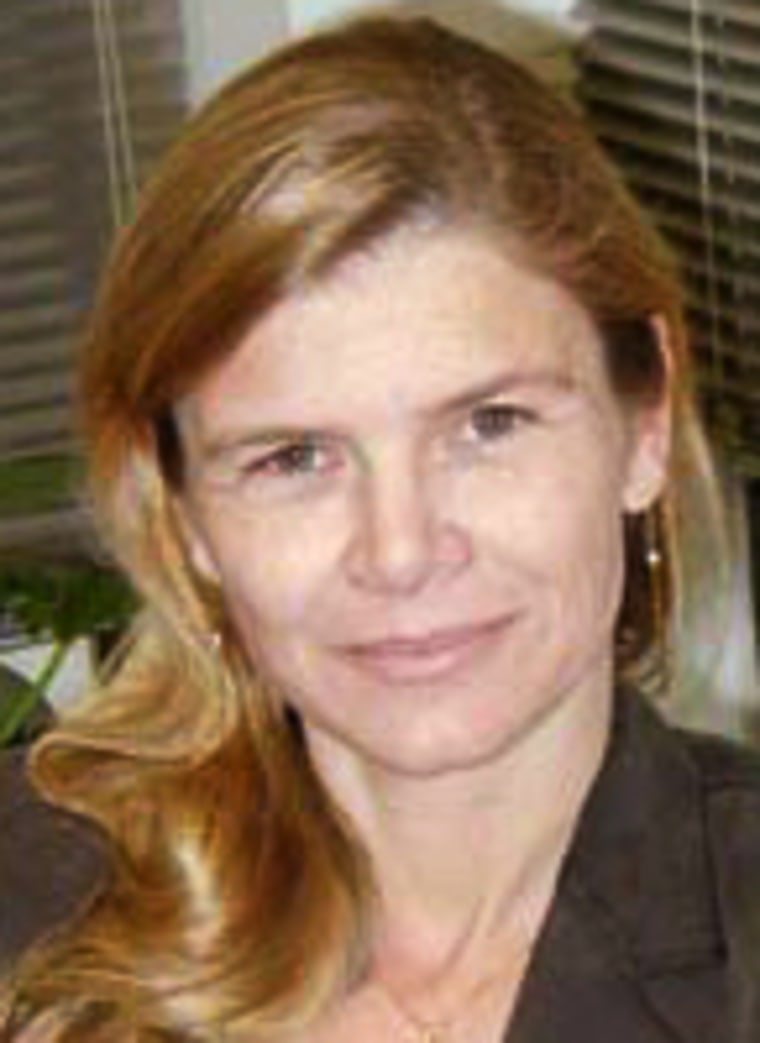
Olinto says she's working with the biggest particle accelerator of them all: the flux of high-energy cosmic rays from far-flung regions of space. As a member of the science team for the international Pierre Auger Observatory, the University of Chicago astrophysicist studies particle phenomena that can reach energies 100 million times higher than those achievable by the Large Hadron Collider, which hasn't even started operations yet.
The Auger Observatory is an array of hundreds of monitoring stations, spread out over the plains of Argentina, that pick up the traces of cosmic-ray particles as they zoom right through Earth's path. Olinto is also helping draw up plans for another cosmic-ray observatory in the Northern Hemisphere.
What's the source of these "cosmic bullets"? They could come from huge black holes rotating around the centers of galaxies. "That's the more mundane possibility," Olinto said. "The more exotic ones would be dark matter decay or some sort of topological deformation in the early universe."
In addition to dark matter and the universe's beginnings, the cosmic-ray measurements provide yet another opportunity to check Einstein's century-old theories. "We are testing special relativity at a regime that no one else can reach," Olinto said.
